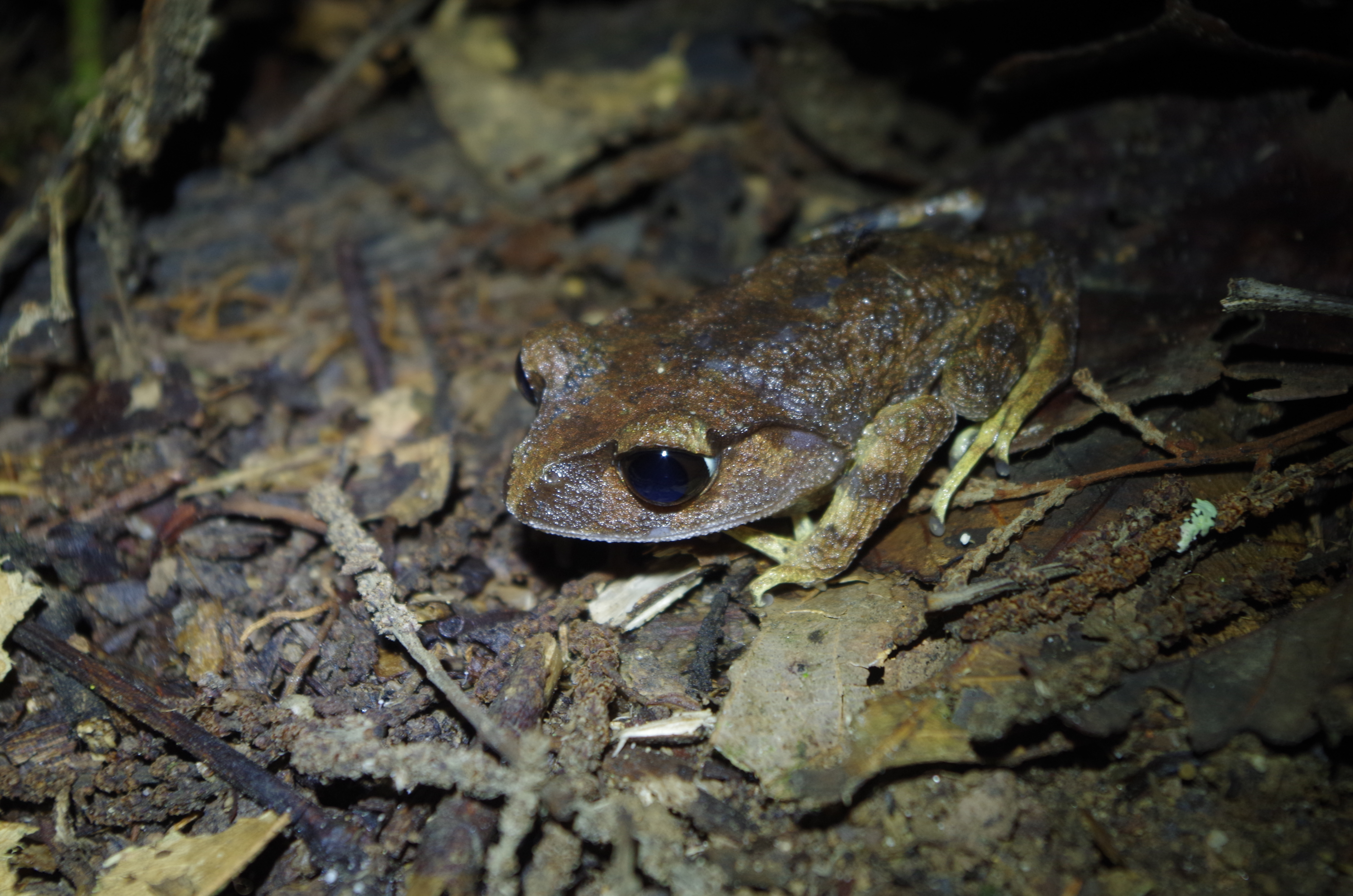By Steven Allain & Amanda Duffus
As many of you will be aware, we are experiencing unprecedented declines in biodiversity globally in an event that biologists have named the sixth mass extinction. The two biggest obstacles facing the natural world are habitat loss and anthropogenic environment change, particularly for amphibians and even some species of reptiles. However, emerging infectious diseases are also partially responsible for large scale declines and the extinction of species, such as in the case with the amphibian chytrid fungus Batrachochytrium dendrobatidis (Bd) which was described formally in 1998 but has been identified to drive declines before this. In 2013, another pathogenic fungus in the genus was identified after causing an unprecedented decline in fire salamanders in the Netherlands: B. salamandrivorans (Bsal). Bsal threatens salamander species around the world, although for now it appears to be confined to Europe and Asia.
In reptiles, other species of pathogenic fungi have recently emerged such as Emydomyces testavorans (formally identified in 2019) and Ophidiomyces ophiodiicola (case definition described in 2009), affecting freshwater turtles and snakes respectively. Ranaviruses are emerging pathogens of both amphibians and reptiles, with a global distribution.
During this time of drastic biodiversity loss, the level of international trade of captive and wild animals has never been higher. It is through these pathways that such diseases are more likely to emerge, finding new hosts or being transported to different continents, leading to the spread of potential pathogens to new species with sometimes devastating consequences.
There are a large number of bacterial, fungal, protozoan, and viral infectious agents that affect amphibians (and reptiles) that we know relatively little about. Therefore we have started a new research topic in Frontiers in Veterinary Science titled ‘Emerging Infections and Diseases of Herpetofauna’. In this issue we seek submissions that examine all aspects of emerging infections and diseases in amphibians and reptiles, including field studies, modelling approaches to understand infection dynamics, treatment methods, pathological investigations, and new diagnostic techniques. The deadline for abstract submission is 3rd August 2020 and completed manuscripts by the 11th January 2021. You can find more information here.
Photo: Leptobrachium montanum © Steven Allain

